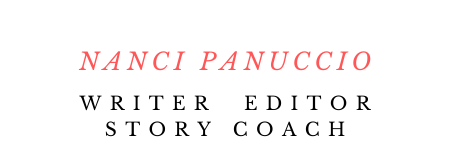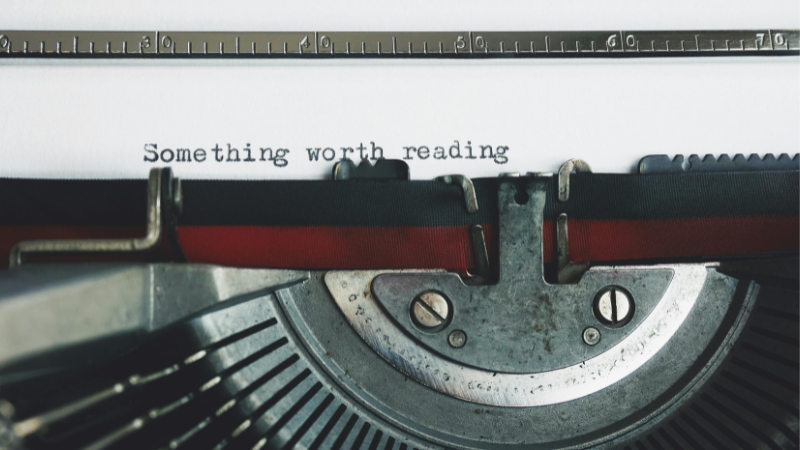We can all agree that your opening scenes are your only chance to capture your reader’s attention. It’s what hooks them into the story. Also known as your story’s setup, there’s an art to it.
The setup is essential to master. You have to be concise, deliberate, and selective with what you show and tell about your character.
Your beginning scenes must accomplish several things simultaneously. But in this episode, I’m going to boil it down to the 4 essential four things to establish in your setup.
Download as an MP3 by right-clicking here and choosing “save as.”
Episode at a glance:
[01:56] What constitutes your story’s beginning?
It’s the first quarter of your book – your first scene and several scenes that follow, and ultimately usher your character into Act 2, which is where the main conflict or story problem plays out.
Act One is your story’s setup.
[03:55] Before we get to your setup scenes, what do I mean by scene?
A scene is a contained narrative unit. That’s a microcosm of your plot. The plot is how the events the action changes your main character internally over time in a meaningful way. In a scene, characters engage in meaningful action that gives readers the illusion that it’s unfolding in real time. So your characters are moving through space and time. They’re in a particular place, and as they move through space and time, they may interact with other characters through dialogue. They may be engaged in some situation or activity. They may observe the space around them. They may observe or interpret other characters in the scene. They may briefly dip into the past.
In scene, things are happening. There’s energy and momentum.
[05:00] 1. Introduce your protagonist.
Do this in your very first scene.
The best way to introduce your protagonist is to think about where we meet him or her. Drop your protagonist in a compelling situation or activity, and let us meet him or her there.
[09:04] 2. introduce your protagonist’s main story problem.
This is the problem that will occupy him or her for the rest of the story. Ask yourself, “What’s the main problem my protagonist has to solve? And how can I introduce it?”
Generally, in a character driven story or memoir, it’s usually an internal problem that has to be conveyed in something external.
In a plot driven story, external events trigger an internal problem or conflict.
If you’re writing more about an interior problem or goal, how can you bring it into the world of the real? How can the internal problem be captured in a situation? Something that’s unusual, concrete and specific?
[14:56] 3. The stakes.
The way to make us care is to give your character someone or something to care about. And I would do this in the very first scene.
So ask yourself, what something he or she cares about, and why? This will bond readers to your protagonist and your story right away.
[20:38] 4. introduce the threat of someone or some thing that will cause trouble or upend your character’s status quo.
[22:51] Your setup is roughly the first 25% of your story. So you don’t want to squander it or front-load it with information you can delay until later in your setup scenes, or later in Act 2.
The setup gives the reader a promise of what the story is about, and what we’re going to learn more about.
Links mentioned in this episode:
Autobiography Of A Face by Lucy Grealy
The Mars Room by Rachel Kushner
Also listen to:
Episode 45: How To Hook Readers In Your First Sentence
Rate, Review, and Follow on Apple Podcasts.
“I love Writer Unleashed!” If that sounds like you, please consider rating and reviewing my show. This helps me support more writers — just like you —to bring the story burning in their imagination onto the page. Click here, scroll to the bottom, tap to rate with five stars, and select “Write a Review.” Then be sure to let me know what you loved most about the episode!
Also, if you haven’t done so already, follow the podcast. It’s chock full of writing tips and inspiration every Tuesday. Follow now!

